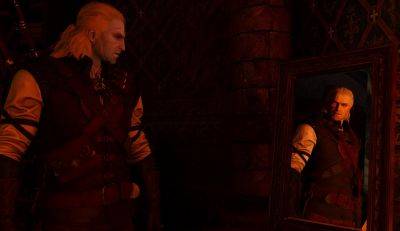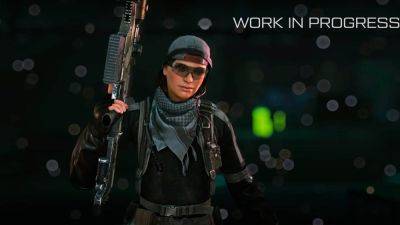Skull and Bones Accessibility Spotlight
Skull and Bones, launching on February 16, will transport players to the Indian Ocean during the Golden Age of Piracy, where they’ll battle ships in fast-paced naval combat, plunder ports, and take on contracts to grow their Infamy and eventually rise to the top as a pirate kingpin. It’s a co-op open world pirate action RPG, where players can do everything from hunting crocodiles and harvesting jute fiber to battling ghost ships and sea monsters. In a multiplayer game of this size and scope, it's especially important to make sure that it can be experienced by as many players as possible.
To find out more about Skull and Bones’ accessibility, we spoke with Project Manager Samuel Soh at Ubisoft Singapore and Production Manager Yurii Martynchyk at Ubisoft Kyiv.
Skull and Bones is a huge PvE open world with PvP activities and lots to do. What kinds of considerations go into ensuring that it’s accessible to a broad spectrum of players? Has it presented any specific challenges?
Yurii Martynchyk: In addition to “classic” accessibility features – remapping, colorblind options, subtitles, etc. – Skull and Bones also includes gameplay-related accessibility options, like the ability to disable camera shakes when you’re sailing, and to automate the harvesting minigames and QTE sequences. In my opinion, it is very important to keep an eye on possible balancing issues when introducing accessibility features, and our team is working closely with colleagues from Singapore to ensure an equitable playing field for all players.
Samuel Soh: I think for accessibility, there are lots of challenges compared to a single-player game. For an online game, you have to consider how players interact with each other. On top of their own personal




 news.ubisoft.com
news.ubisoft.com




















